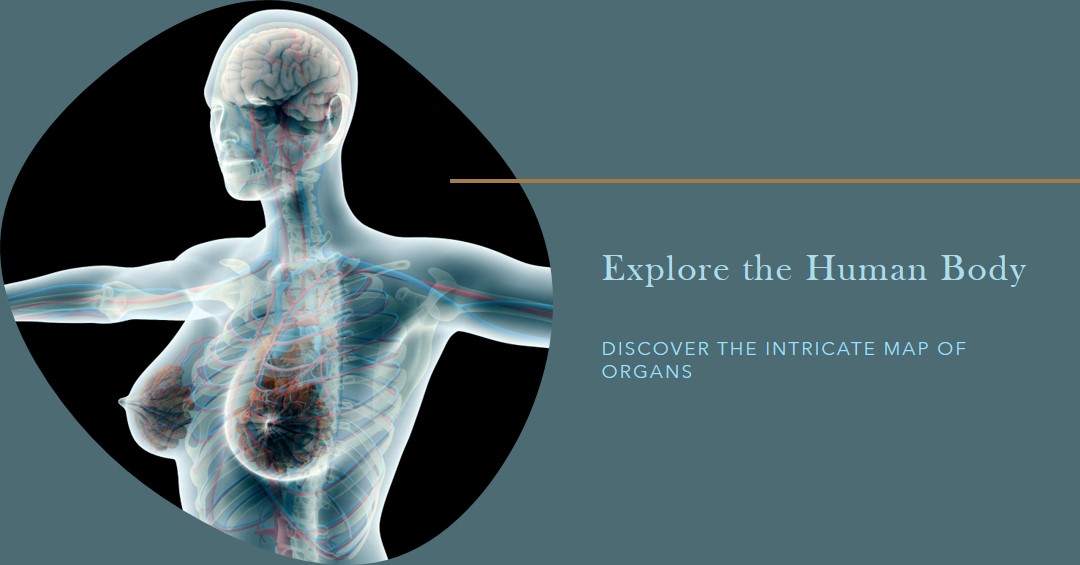The field of sonography offers a range of specializations, and among them, the Breast (BR) specialty is crucial for detecting and diagnosing various conditions affecting breast tissue. This concentration focuses on using ultrasound technology to create images of the breast to identify benign and malignant tumors, cysts, and other pathologies. This guide breaks down the common exams, conditions, skills, and knowledge essential for professionals in the breast sonography specialization.
Understanding Breast Sonography
Breast sonography, a vital component of diagnostic medical sonography (DMS), utilizes high-frequency sound waves to produce detailed images of the breast tissue. It is a noninvasive, safe, and effective method for examining breast abnormalities, complementing other imaging modalities like mammography.
Common Pathologies Detected
- Benign Tumors: Non-cancerous lumps that are often monitored rather than removed.
- Malignant Tumors: Cancerous growths that require further medical intervention.
- Cysts: Fluid-filled sacs that can be benign but need imaging to differentiate from solid masses.
- Fibroadenomas: Solid, benign tumors common in younger women.
- Infections and Inflammations: Mastitis or abscesses that can alter the appearance of breast tissue on ultrasound.
Exams and Procedures
Breast sonography professionals perform various exams, including:
- Diagnostic Ultrasound: Used to investigate abnormalities found during physical exams or mammography.
- Screening Ultrasound: For women with dense breast tissue where mammography may not be as effective.
- Ultrasound-Guided Biopsies: To sample tissue from an abnormal area for further testing.
Skills and Knowledge Required
Professionals specializing in breast sonography need a comprehensive skill set:
- Technical Proficiency: Ability to operate ultrasound equipment and optimize image quality.
- Anatomical Knowledge: Understanding of breast anatomy and the various conditions affecting it.
- Diagnostic Skills: Capability to interpret ultrasound images and identify signs of pathologies.
- Patient Care: Skills in communicating with patients, explaining procedures, and providing emotional support.
- Continuous Education: Staying updated with advancements in sonography techniques and breast health.
Conditions Commonly Evaluated
- Breast Cancer Screening: Identifying potential cancers in asymptomatic patients.
- Characterization of Breast Masses: Determining if a lump is solid or cystic, and if further testing is needed.
- Monitoring Changes: Following up on previously detected abnormalities over time.
Educational Pathways
To become a breast sonography professional, individuals must pursue education and certification in diagnostic medical sonography with a focus on breast sonography. This typically involves:
- Associate Degree or Bachelor’s Degree: In sonography from an accredited program.
- Specialty Certification: Obtaining credentials such as the Registered Diagnostic Medical Sonographer (RDMS) with a breast specialty (BR) from organizations like the American Registry for Diagnostic Medical Sonography (ARDMS).
For those interested in pursuing a career in breast sonography, it's essential to choose an accredited school or program that offers specialized training in this field. Continuous education and certification are crucial for maintaining clinical competence and staying current with technological and procedural advancements.
The Breast (BR) specialty in sonography is a critical area within diagnostic medical imaging, focusing on the detection, diagnosis, and management of breast conditions. Professionals in this field play a vital role in patient care, offering a noninvasive means to evaluate breast health and assist in the early detection of breast cancer. With the right education and training, sonographers specializing in breast imaging can contribute significantly to women's health and wellness.

